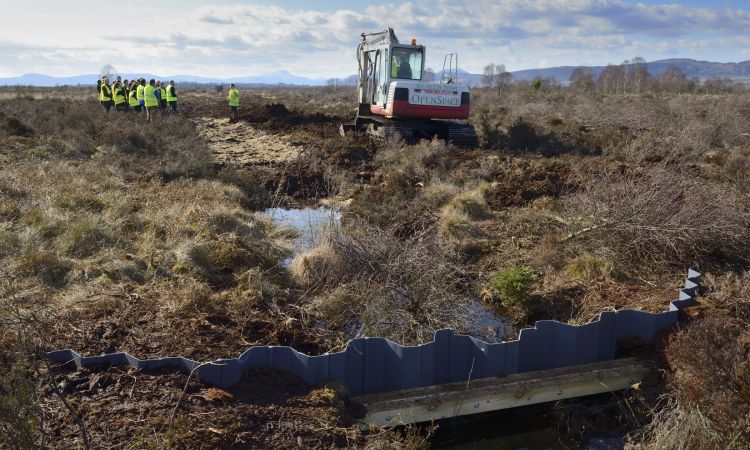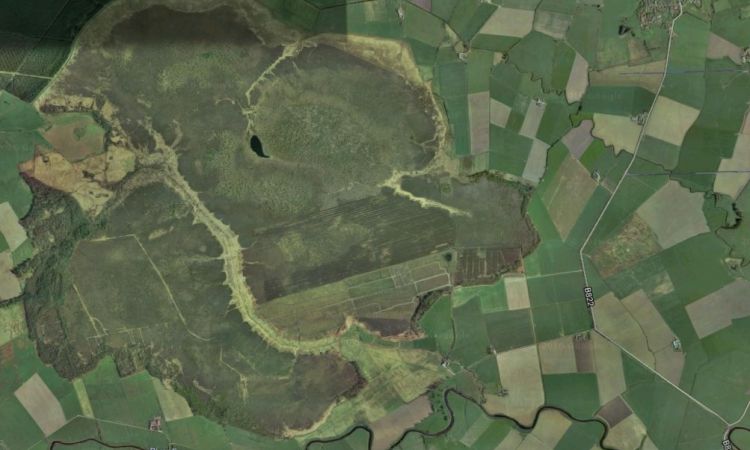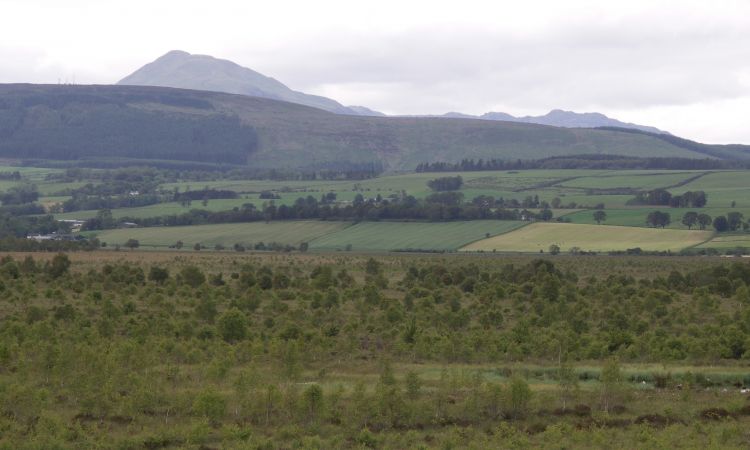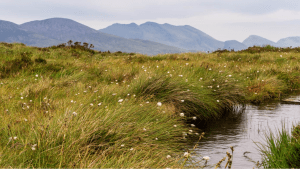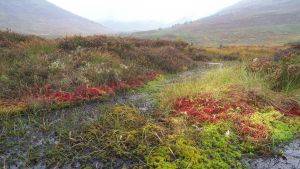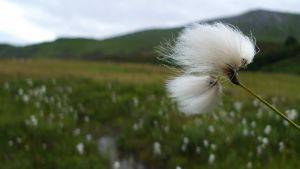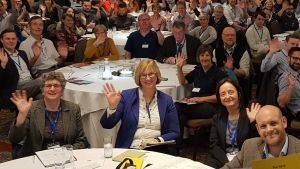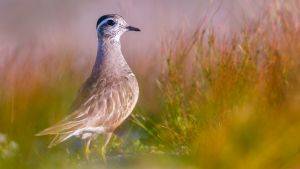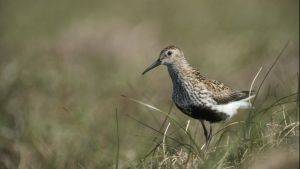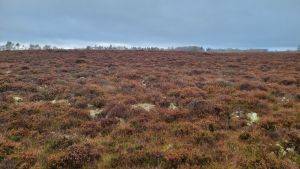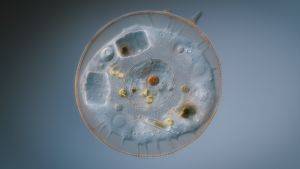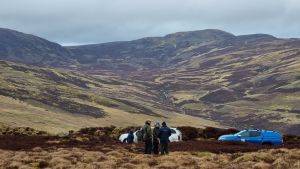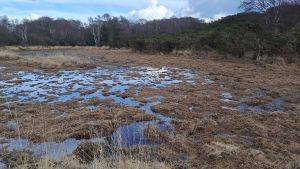Flanders Moss
Introduction
Flanders Moss is the largest lowland raised bog of a cluster on the Carse. Many of the Carse bogs have been damaged, leaving Flanders Moss as the most intact (60% remains), whilst almost completely surrounded by managed farmland.
Management focus for the reserve has been to reverse the trends of drying out caused by past ditching, peat removal and the spread of trees. Ultimately the aim is to restore the water table over the whole peat body to a stable position close to the surface.
Description
Flanders Moss displays many of the classical raised bog features: its four distinctive domes support a carpet of bog mosses and large areas of the bog still accumulate peat. In some areas the peat is seven metres in depth. Average rainfall here is 1131 mm per year, keeping the bog mosses well saturated. Vegetation is dominated by heather, cross-leaved heath and cotton grass with an understorey of Sphagnum spp. (including three with limited national distribution: S. austinii, S. fuscum and S. molle).
Despite the high rainfall some areas of the bog have dried out as a result of past management, and these drier areas now support birch, pine and other tree species. However, in places you can see natural fen (lagg fen) and natural sections of peat dome edge (rand).
Restoration Delivered
Ditch damming:
Damming on site has taken place over the last 20 years, with techniques evolving as the years have gone on. Dams include wooden ones made from oak and elm, to sheet piling, which has been used more recently. These are more flexible and last longer. Scottish Natural Heritage has also used peat dams for small ditches with a low flow.
In total approximately 35 km's of ditches have been dammed using 1000 dams. Monitoring is showing that they are having the desired outcome, with a higher water table over parts of the bog and sphagnum vegetation returing in once drier areas.
Restoration of lagg fen:
A deep peripheral ditch had replaced the lagg fen that would have naturally occured, so a sluice and a number of dams and bunds have been put in place to recreate this habitat.
Tree and scrub management:
Evidence shows the Flanders Moss had few trees in its past, and encroaching trees were drying out areas of the bog. To recreate the natural habitat, trees and scrub have been removed to keep areas of open big, whilst mature trees have been kept in place. During 1997-98 a conifer plantation on the south side was removed, which had a dramatic impact on water table levels. Sheep grazing helps to control levels of scrub.
Biodiversity
Flora:
Bog specialists thrive, including round-leaved sundew (Drosera rotundifolia), cranberry (Vaccinium oxycoccos) and bog asphodel (Narthecium ossifragum). Rarities can also be found such as white beak-sedge (Rhynchospora alba) and bog rosemary (Andromeda polifolia).
Fauna:
Flanders Moss has several nationally important populations of rare invertebrates, particularly moths, with 215 species recorded on site. One of these is the Rannoch brindled beauty moth (Lycia lapponaria).
Adder (Vipera berus) and common lizard (Lacerta Zootoca vivipara) are both found here, whilst it is used by many different species of birds throughout the year.
Research
There have been several research projects carried out on Flanders Moss, including:
- Coventry University - changing climate during and after the Ice Ages and its impact on the landscape
- Edinburgh University - changing levels of atmospheric heavy metals
- Forest Research - recovery of bog vegetation following removal of conifer plantation; ways of treating scrub with herbicide
- Stirling University - remote sensing research; woodland monitoring.
Project Name: Flanders Moss
Organisation / Lead partner: NatureScot
Location: Thornhill, Stirling
Approximate area covered: 860 ha
Conservation Status: Site of Special Scientific Interest (SSSI), Special Area of Conservation (SAC), National Nature Reserves(NNR)
Predominately: Lowland
Peat Habitats: Lowland raised bog
Project Type: Management
Year Project Began: 1997

